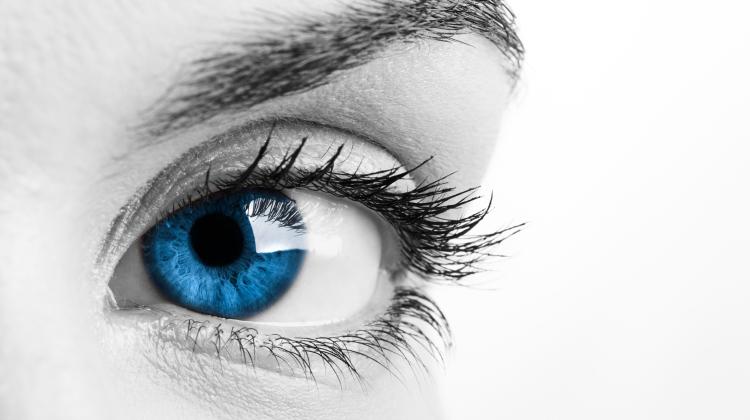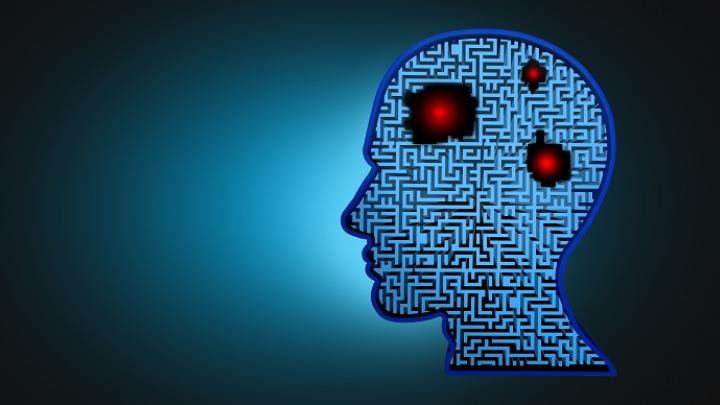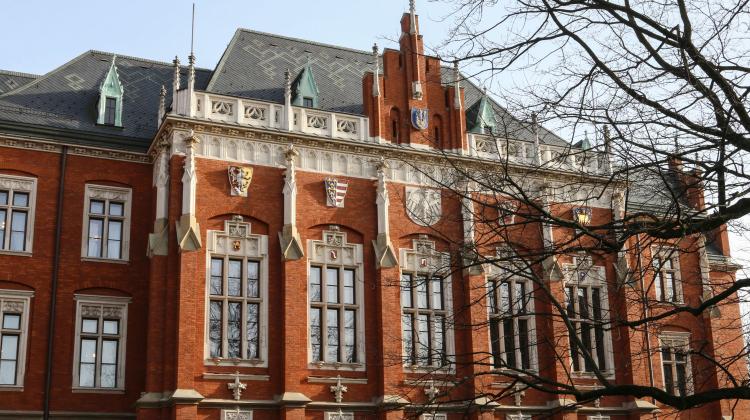Why we look, but not see
 Source: Fotolia
Source: Fotolia
Our eyes often plays tricks on us. Sometimes we have hallucinations. Or, although we have something right before our eyes, we do not see it or notice it only after a long period of time. PhD student from the Jagiellonian University Consciousness Research Laboratory, Anna Anzulewicz is trying to explain this phenomenon and how an unconscious visual impression becomes a conscious one.
Have you ever looked for your keys or glasses and could not see them, even though they were right in front of you? When you finally find the lost item, you usually wonder how you missed it or complain about the nastiness of things. The irritation does not change the helplessness in the face of the phenomenon, which can be summarized as looking, but not seeing. It still happens, while in other circumstances we notice the same objects right away. Scientists from various fields, including psychologists, try to explain vagaries of our vision. Anna Anzulewicz, a PhD student from the Jagiellonian University, is now completing the research project that concerns conscious visual experience.
THE MIND FILTERS WHAT WE SEE
"Our vision is not a camera or camcorder. We often see only what we want to see, and vice versa - we do not see what we do not want to see" - emphasized the psychologist from Kraków in an interview with PAP. Why is this happening? "Our visual system is set to search for (or ignore) certain information in the environment, which is why we find certain information more easily than others. This applies above all to threatening stimuli" - explained Anzulewicz. "You could say that our minds have filters that make it easier to see certain things, but barely see others not notice them at all."
According to the doctoral student, the effect of these filters in the brain depends on our experience, attitude, and context. Have you ever wanted to avoid your boss and "see" him in every other passer? The fact that the context is essential for colour vision has been demonstrated recently by the controversy about the colour of a Scottish singer’s dress - white-gold or blue-black. In that case, the reason for different interpretations was that some people imagined that the photo was taken in a poorly lit room, and others, that dress was photographed in sunlight; and they perceived the colour of the dress depending on their assumption.
Another example of how important the context is: a graphically similar handwritten sign can be interpreted as "13" or as "B", depending on whether we interpret it as part of a sequence of numbers or letters. On the other hand, we also sometimes experience hallucinations due to ophthalmic disorders resulting from fatigue, lack of sleep or psychoactive substances.
REVELATION OR SLOW PROCESS?
As part of his doctoral project, the young researcher analyses the factors that in some situations make us aware of an element of reality suddenly, and in other situations the awareness emerges slowly.
"Sometimes we suddenly see a person standing before us, although this person has been standing there for a long time. In other cases, this awareness comes gradually - we first see the outline or contour of the person, and only then we realize who that is" - noted Anzulewicz.
There are various - experimentally supported - theories that attempt to explain this phenomenon. "My hypothesis is that we realize visual impressions sooner, if we process information more deeply. In other words, when we understand what we have before our eyes, is generally our impressions sooner become conscious. The same applies to attention - if we focus more, the awareness process runs more by leaps and bounds" - said the researcher.
She emphasised that this hypothesis was confirmed by experiments she had conducted. The psychologist in her project uses computer software that tests visual perception. Subjects observe pictures that briefly appear on the screen - usually letters, numbers, or geometric shapes. Then, on a special scale they rate how much they were aware of the objects.
Anna Anzulewicz’s project is part of comprehensive consciousness studies carried out in the Consciousness Research Laboratory at the Jagiellonian University.
More about the research project here: http://www.nauka.uj.edu.pl/
PAP - Science and Scholarship in Poland
szl/ mki/ mrt/
tr. RL
Przed dodaniem komentarza prosimy o zapoznanie z Regulaminem forum serwisu Nauka w Polsce.


















